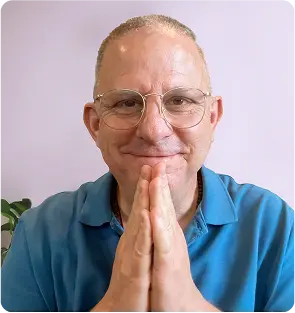I love traveling to distant lands and exploring spiritual sites and relics. I especially love the places where rituals are regularly performed. There are some wonderful places in this world where you can feel a very tangible and palpable presence – with which you can fully engage and embody.
And there’s this moment that emerges – when you stand before certain structures when you realize you’re not looking at a building. You’re standing in the presence of something that was never meant to be merely seen.
These are not monuments to the dead. They are portals for the living.
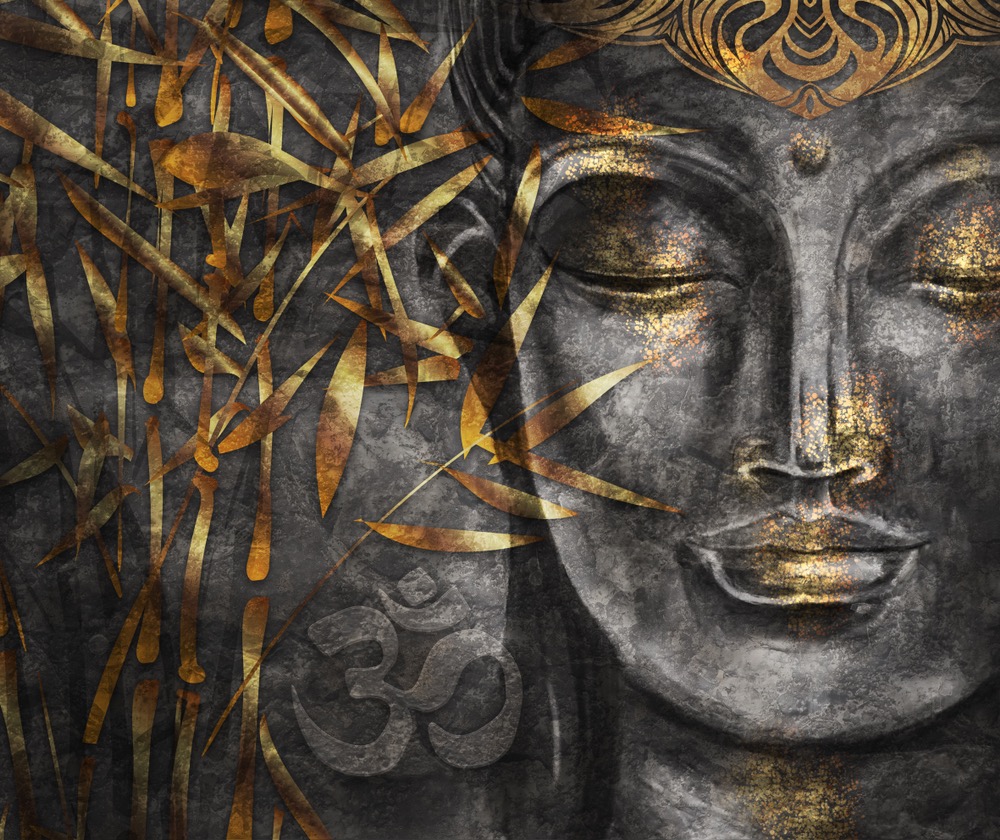
The First Stupas: When the Buddha Left His Body
Picture this: It’s the 5th century BCE in northern India. The Buddha has just died – or, as the tradition says, entered Parinirvana, that final release beyond all coming and going. His disciples are devastated. For forty-five years, they’d had a living teacher. Now they have ashes.
So they did what humans have always done when the sacred slips through their fingers: they built something to hold it.
The Buddha’s cremated remains were divided into eight portions and enshrined in eight dome structures made of stone – called stupas – across the Gangetic plain. These weren’t tombs. They were presences.
Walk around one clockwise, and you weren’t just remembering the Buddha – you were aligning yourself with the very structure of enlightenment. The dome represented his seated form in meditation. The spire rising from it? That was the axis between earth and the infinite, the path he’d walked and left blazing behind him.
Every early stupa held relics – bone fragments, teeth, strands of hair. Physical proof that the impossible had happened: a human being had woken up completely.
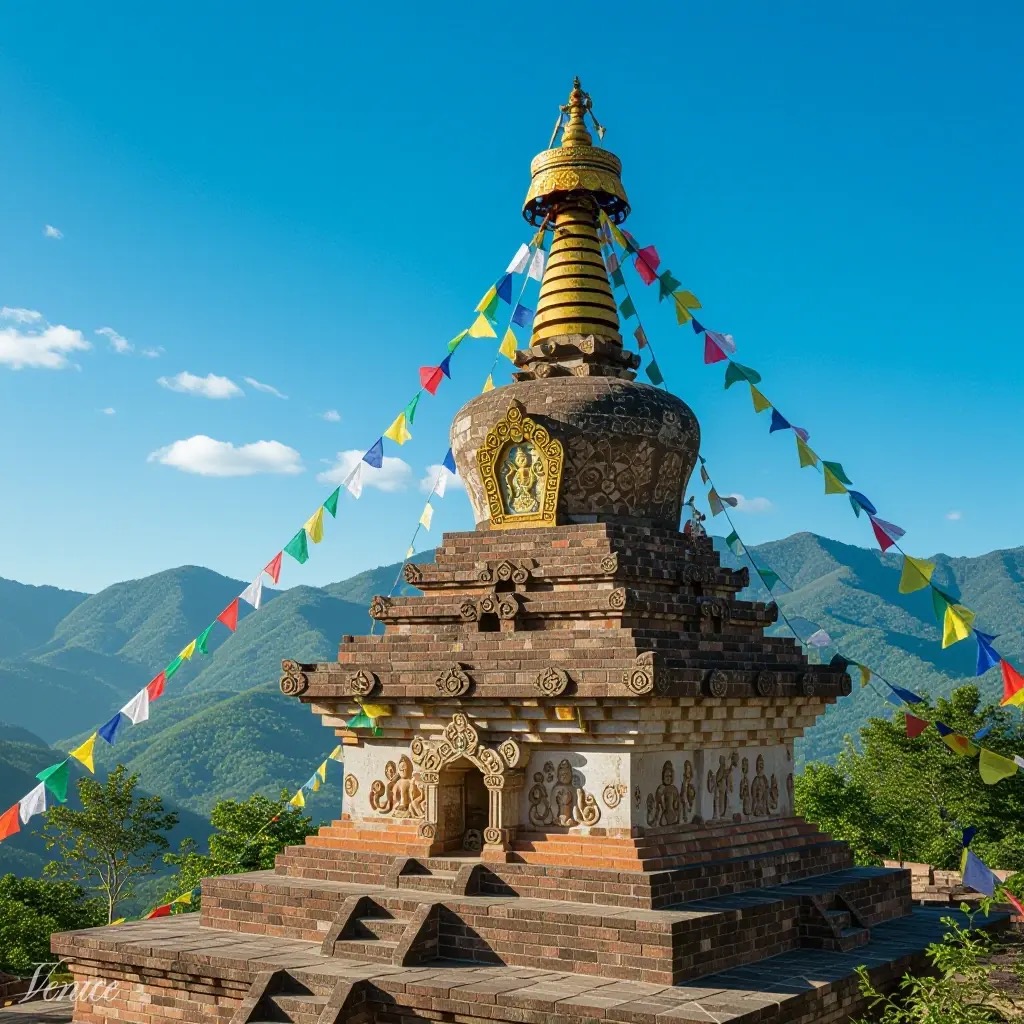
When Architecture Becomes Energy
But here’s where it gets interesting.
As Buddhism spread across Asia, something shifted. Not every stupa could hold a piece of the Buddha – there simply wasn’t enough of him to go around. So monks began building stupas that held relics of other awakened beings, then stupas that held sacred texts, then stupas that held… nothing material at all.
Nothing, and everything.
These later stupas were consecrated – filled with mantras, prayers, symbolic substances, energy made solid through ritual. They became symbolic rather than reliquary. And yet pilgrims still felt the same transmission. The same peace. The same inexplicable pull toward silence.
This is when Buddhist architecture stopped being about containers and became about conductors. The form itself – the geometric perfection, the cosmological symbolism, the mandala made three-dimensional – became the teaching.
Enter the Dhyanalinga: Energy Without Relics
Now pivot to a different tradition entirely.
In the Hindu yogic lineage, particularly in Shaivism, there’s a concept called the linga – often translated as “form,” but really meaning something more like “the mark of the formless.” It’s the principle that consciousness, which has no shape, can condense itself into a form so potent that merely being near it alters your inner state.
The most famous modern example is the Dhyanalinga at the Isha Yoga Center in southern India, consecrated by the yogi Sadhguru. Here’s what makes it radically different from a stupa: it contains no relics. None. No bones, no ashes, no sacred objects.
What it does contain is energy – prana, shakti, whatever you want to call the force that animates all things – concentrated and locked into form through an act of yogic will. The yogi doesn’t place something holy inside. The yogi makes the entire structure holy by pouring their own realization into it.
It’s not about remembrance. It’s about direct transmission.
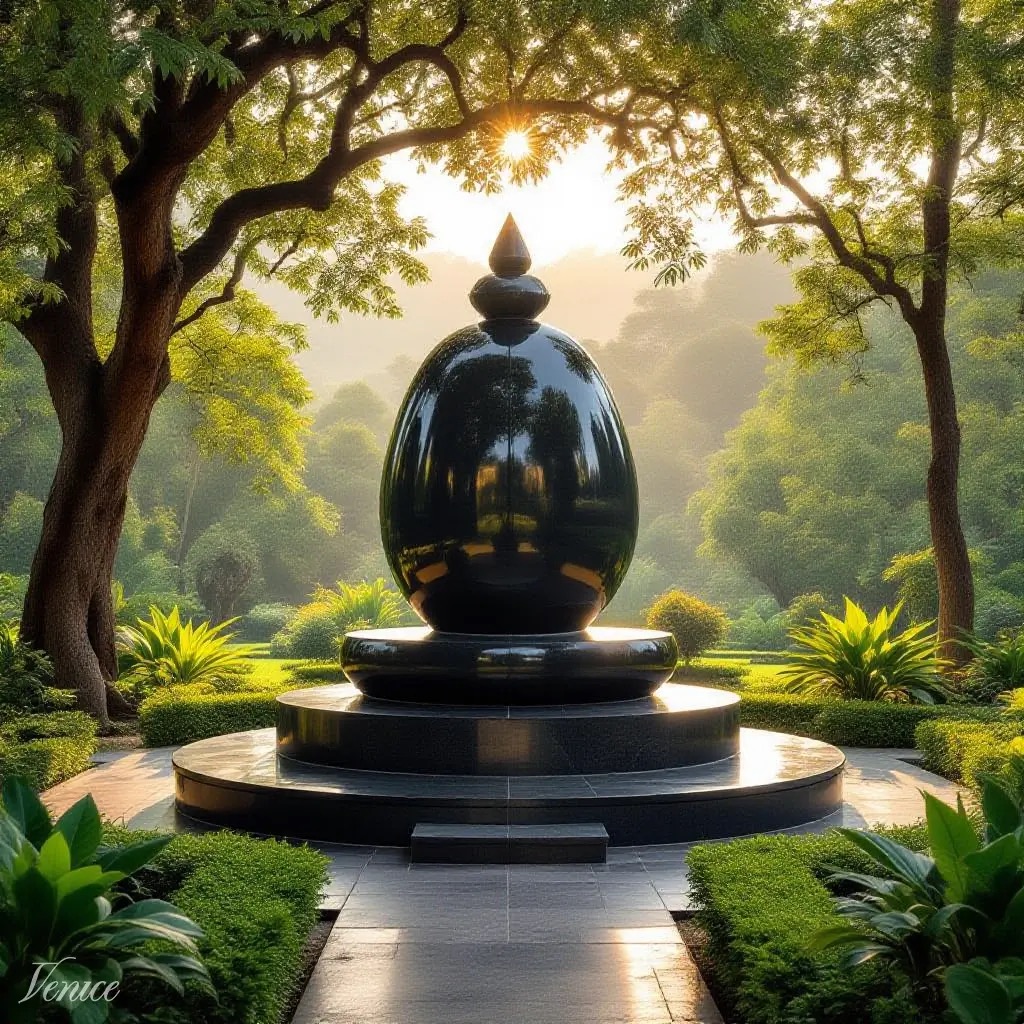
The Chinese Sacred Sites: Pagodas and Manjushri’s Mountain
By the time Buddhism reached China, it had already been marinating in Central Asian aesthetics, Silk Road mysticism, and a thousand reinterpretations. The dome-shaped stupa didn’t quite fit Chinese architectural sensibilities, which loved verticality, eaves, and timber craftsmanship.
So the stupa became the pagoda.
At Wutai Shan – Five-Terrace Mountain in Shanxi province, one of Buddhism’s four sacred mountains – you’ll find pagodas everywhere. Some are massive stone towers. Others are delicate wooden miniatures housed inside templ
e halls, gilded and glowing in the butter-lamp light.
Wutai Shan is believed to be the earthly abode of Manjushri, the bodhisattva of wisdom who wields a flaming sword to cut through ignorance. The whole mountain is considered his mandala, and the pagodas scattered across its peaks aren’t just memorials – they’re wisdom anchors. Vertical prayers. Some hold relics. Some hold scriptures copied ten thousand times. Some hold crystallized intentions sealed by generations of monks.
And some – like the Dhyanalinga – are simply consecrated emptiness, radiating what was put into them through ritual and realization.
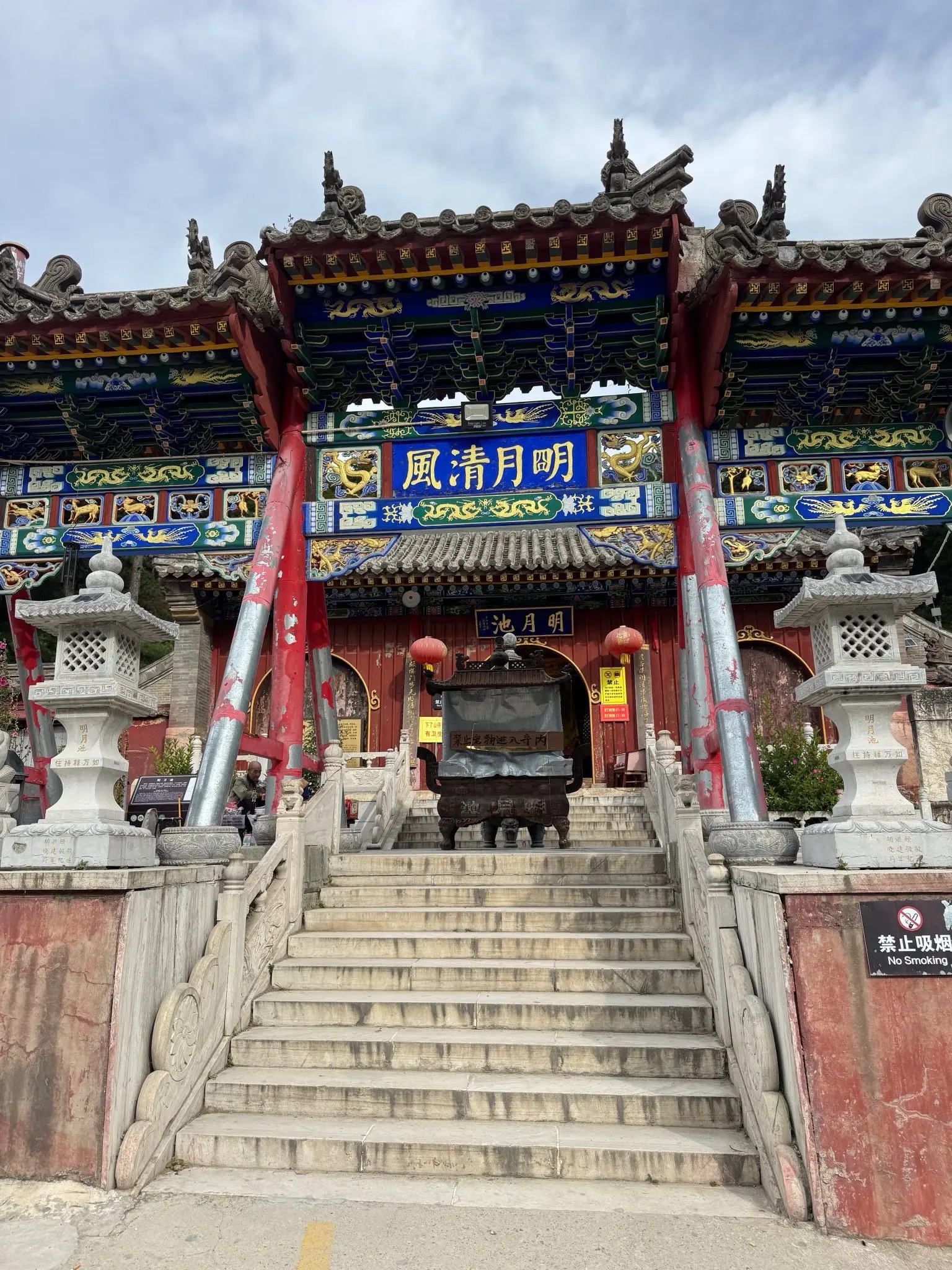
What All The Sacred Sites Have in Common
Here’s the thread that ties them together, from the first Indian stupa to a Chinese pagoda to a Hindu linga:
They are all architecture designed to short-circuit the thinking mind.
Look at a stupa long enough and your thoughts start to spiral upward with its form. Circumambulate it, and your footsteps become a mantra. Sit before a Dhyanalinga, and the silence isn’t something you create – it’s something already there, humming just below the surface, waiting for you to stop struggling and fall into it.
These structures don’t ask you to believe anything. They ask you to feel. To sense. To let the geometry do its work on you.
There’s a reason sacred architecture across every tradition uses the same shapes: circles, squares, spirals, vertical axes. These aren’t arbitrary. They’re resonant with something in us that recognizes order, ascent, completion. Our nervous systems respond to them before our minds can label them.
Which Sacred Structure Is More Powerful?
So which is more powerful – a stupa holding the Buddha’s tooth, or a Dhyanalinga consecrated by a living master?
The answer, beautifully, is: it depends on you.
If you need the historical anchor – the proof that someone actually walked this earth and woke up completely – then relics matter. They ground the teaching in the body, in the real. They say: This happened. This was not metaphor.
If you’re wired differently, if you respond to pure energy rather than historical continuity, then the Dhyanalinga’s approach might shake you awake faster. It says: The source is still here. Still accessible. Still pouring through those who’ve dissolved into it.
Neither is more “true.” They’re different doorways into the same room.
Sacred Sites As Living Transmission
What strikes me most about all these structures – whether relic-based or energy-based, Indian or Chinese, Buddhist or Hindu – is that they’re not dead artifacts. They’re not museum pieces.
They’re alive in a way that only sacred things can be alive. Not biologically. Not sentient in the way we usually mean. But alive in the sense that they continue to do something to people. Year after year, century after century, pilgrims arrive skeptical or desperate or merely curious, and they leave… quieter. More whole. Less trapped in the small story of themselves.
This is the real magic: consecration that outlasts the consecrator. Intention embedded so deeply in matter that the matter itself begins to radiate it.
A stupa doesn’t need the Buddha to be there. A pagoda doesn’t need Manjushri to manifest. A Dhyanalinga doesn’t need the yogi who created it. The work has been done. The door is open. All you have to do is walk through.
Standing Before the Sacred
So the next time you find yourself before one of these structures – whether you’re circling a whitewashed stupa in Nepal, lighting incense before a wooden pagoda at Wutai Shan, or sitting in the charged silence of the Dhyanalinga – remember this:
You’re not in the presence of architecture. You’re in the presence of someone’s realized state, crystallized into form. You’re standing where the infinite agreed to take a shape, just this once, just for you, just to show you the way home.
And if you’re very quiet, if you let the mind stop its endless chattering, you might notice something extraordinary:
The form isn’t out there. It’s in you. It always was.
The stupa, the linga, the pagoda – they’re just mirrors. And what you see in them, finally, after all the pilgrimage and prayer and circumambulation, is your own awakened face, staring back.
That’s what these structures are for.
Not to be worshipped. But to remind you that you, too, are a temple. You, too, are a portal. You, too, are consecrated ground.
All you have to do is remember.


